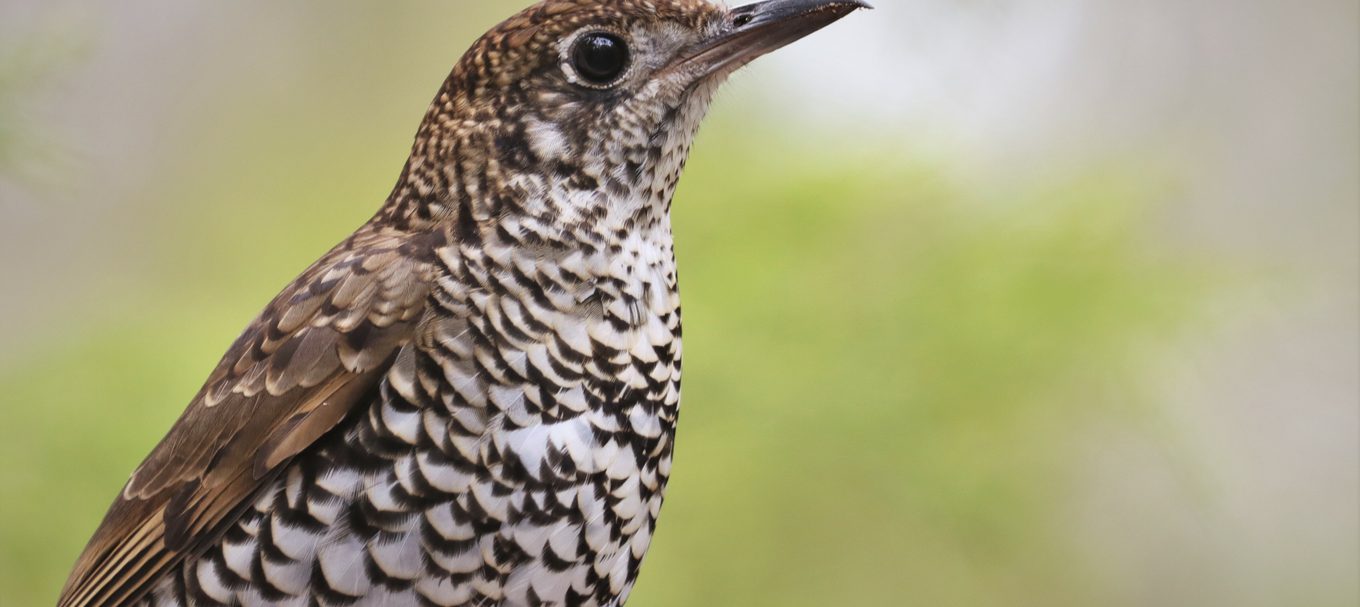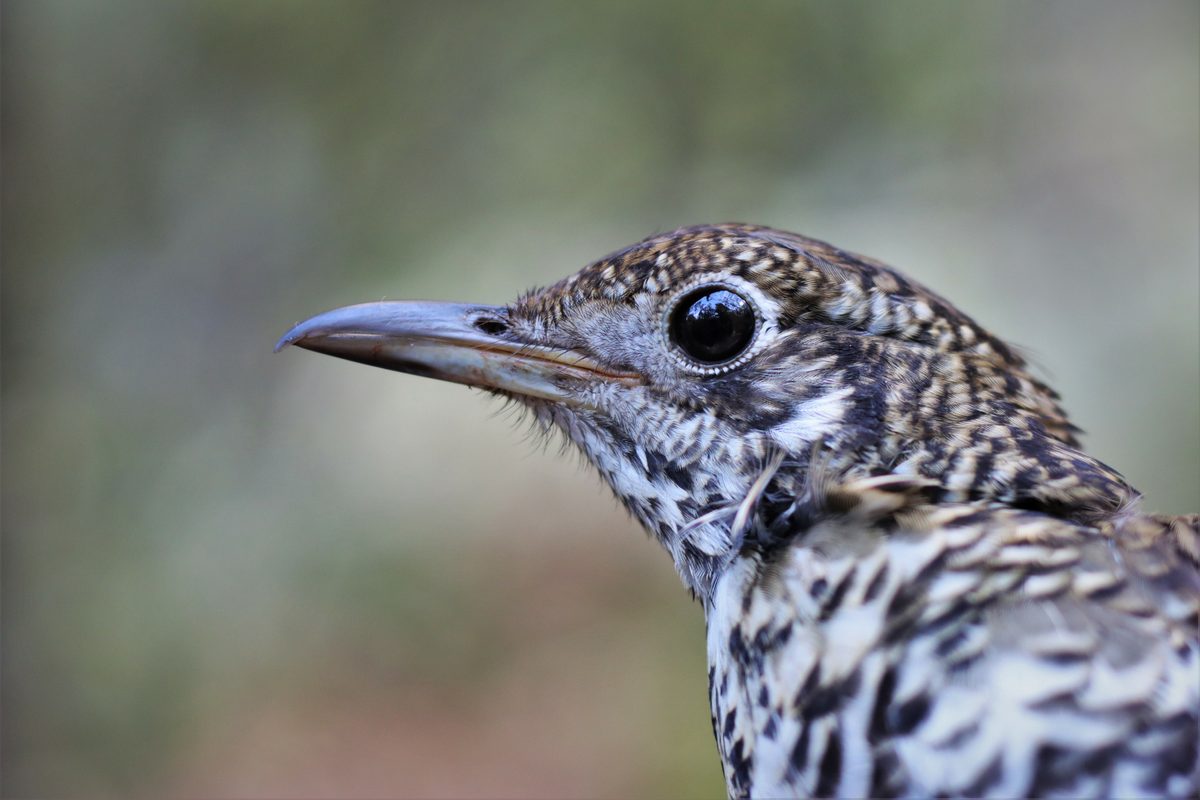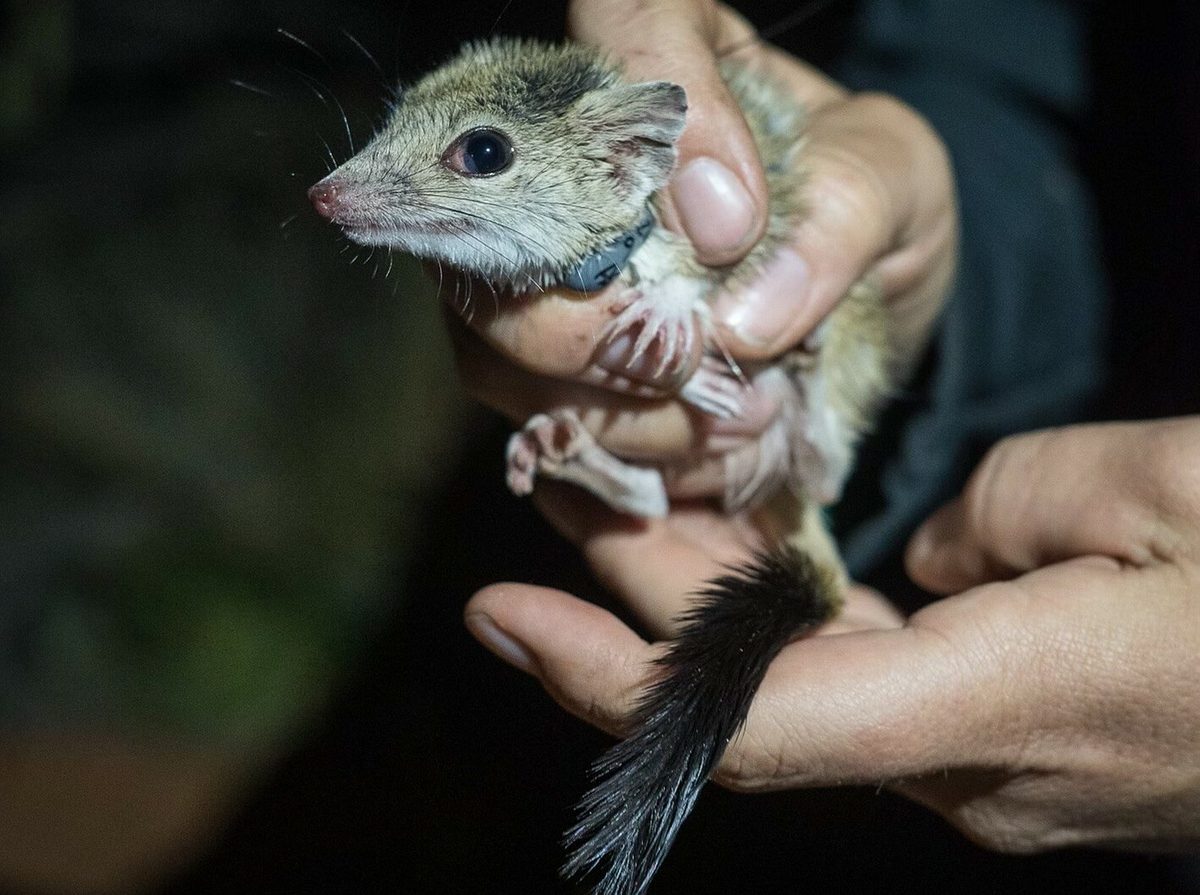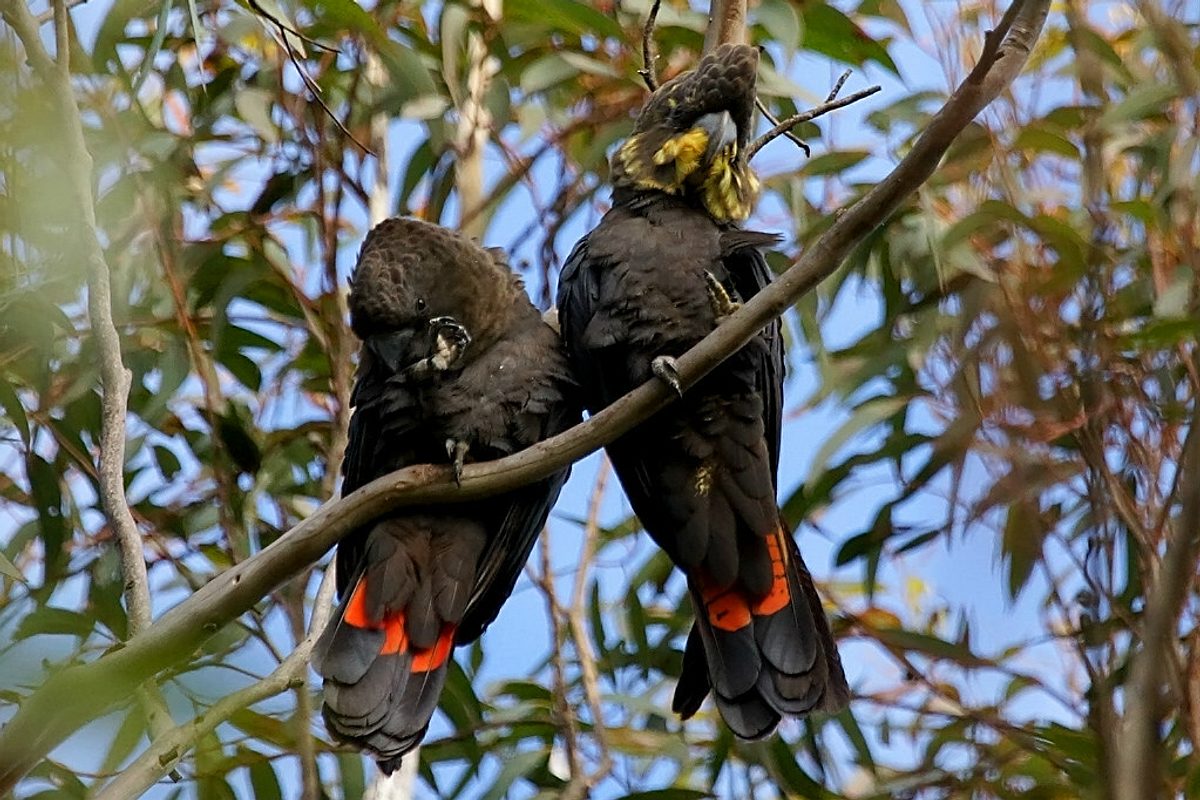
Brush up on your Aussie wildlife knowledge for Australian Wildlife Week
Find out about some of the amazing wildlife that call South Australia home.
Have you heard the call of a Bassian thrush? Did you know a kowari, although pint size, is quite the predator? Or that the glossy-black cockatoo lays a single egg and rears just one fledgling a year?
This Australian Wildlife Week (October 1–6) we wanted to introduce you to some of the unique critters that call South Australia home.

Pygmy-possums
Pygmy-possums are among SA’s tiniest marsupials and are some of the cutest, even if we do say so ourselves!
From head to tail they can be as large as 12cm or as small as 5cm – they’d fit in the palm of your hand.
They have big eyes, large round ears, grey-brown fur and prehensile tails, which means they can use it as another limb to help them climb and travel through trees.
There are 3 species of pygmy-possums found in South Australia: the western, eastern and little. The eastern pygmy-possum is considered vulnerable in South Australia.
A pygmy possum’s diet consists of nectar and pollen from a wide range of flowering plants. They’re pollinators, helping our native plants by spreading pollen as they eat. They also prey on small lizards and invertebrates, such as spiders, scorpions and insect larvae.
They can enter a state of torpor during unfavourable conditions. A bit like a temporary hibernation, torpor means the animal enters a state of decreased physiological activity, usually by a reduced body temperature and metabolic rate. It helps animals to survive periods of reduced food availability.

Bassian thrush
The Bassian thrush is a beautiful bird with subtle brown and cream feathers.
Secretive and adept at camouflage, it has scalloped black crescent-shaped bars down its back, rump and head, allowing it to hide in thick leaf litter.
A ground-dwelling bird found in wet forest gullies and densely vegetated areas, the Bassian thrush breeds in winter when their favourite food – earthworms – are easier to find.
When foraging, the thrush often stands still before dashing forward and then vigorously jabs its sturdy bill into the ground to seize a worm. When males are foraging, they can carry up to 5 or 6 very large worms at a time, laying the wiggling pile down each time they extract an extra worm.
In 2022, researchers from the University of Adelaide conducted wildlife surveys to detect and boost knowledge of the rarely sighted bird across national parks in the Adelaide Hills and Fleurieu Peninsula. The subspecies local to Kangaroo Island and the Mount Lofty Ranges is endangered.
Using small audio recorders hung in trees, known as ‘audio moths’, researchers listened out for the Bassian thrush’s unique call to identify where it can be found across more than 60 different sites in South Australia, including in parks, SA Water, Forestry SA and private land.
The survey resulted in several confirmed sightings of the species in new locations, including at Eurilla Conservation Park (near Mount Lofty), Blackfellow’s Creek (between Meadows and Mount Compass), Wapma-Thura National Park (southern Flinders Ranges), Belair and Hindmarsh Valley National Parks.

Kowari
Kowaris are small carnivorous marsupials that are related to quolls and Tasmanian devils.
They are only found in a small pocket of northeast South Australia in the Sturt Stony Desert, and southwest Queensland.
Small in stature, with large upright ears, a light grey coat and a distinctive black, bushy, coarse tail, the kowari is easily one of Australia’s cutest, yet lesser-known native species.
Despite being small in stature they are ambitious predators, hunting at night for invertebrates, small mammals, reptiles, rodents and even birds and their eggs!
During the day, they shelter in burrows in sand mounds across stony gibber environments, where temperatures often exceed 40°C in summer and fall below 5°C in winter.
The entire Australian population is estimated to be between 1,000 and 10,000 due to threats like habitat degradation and predation from introduced animals like cats. Previous research estimates that they have a 20% chance of extinction in the next 20 years.
In fact, the national conservation status of kowaris was upgraded from vulnerable to endangered last year.
In a world first, 12 kowaris were translocated to Arid Recovery’s cat and fox-free fenced reserve in 2022, where the population has since expanded. The aim of the translocation is to establish an insurance population for the kowari to ensure this elusive and declining species can be safeguarded into the future.

Glossy black cockatoo
The South Australian subspecies of glossy black cockatoo is found on Kangaroo Island and listed as endangered under both national and state legislation.
The smallest of the 5 black-cockatoos, adult males have plain brown heads and bright red panels in their tail feathers, and females have barred red tail panels and yellow markings on their head, especially around the neck.
The South Australian subspecies is smaller but has a bigger bill than the subspecies found along the Great Dividing Range and east coast of Australia. It feeds almost exclusively on the seeds of the drooping sheoak, and nests in hollows in large old-age Eucalyptus species.
Glossy black cockatoos are also unique because they have a very low reproductive rate, laying a single egg and rearing one fledgling per year.
Once found on mainland South Australia, the species disappeared in the 1970s due to large-scale clearance of sheoak trees, with the population contracting to Kangaroo Island where as little as 160 birds remained in the early 1990s.
There were also severe concerns for the species after the 2019-20 Kangaroo Island bushfires, with destruction of more than 50% of their feeding habitat and nearly 40% of nesting sites located within 210,000 hectares of bush.
A concerted recovery program run by the Kangaroo Island Landscape Board has supported a steady increase in the population and expansion of breeding range. This work includes propagating and planting drooping sheoaks on private properties, managing nest sites to reduce predation and competition, and monitoring the population and the recovery of feeding habitat.

Western quoll
The western quoll, known locally as idnya, is a feisty marsupial predator similar in size to a small domestic cat.
They have distinctive white spots on their dark brown fur, giving them a speckled appearance which serves as a form of camouflage in their natural habitat of forests and open country.
Historically, they were found across as much as 80% of the country. However, due to habitat loss and competition with introduced species, their numbers declined dramatically, and for a period were only found naturally in the Jarrah forests of Western Australia.
Western quolls were extinct in South Australia until 2014. Since this time, there have been efforts to re-introduce them to areas they were once found.
As part of Bounceback, Australia’s longest running biodiversity program, 87 western quolls were relocated back into the Vulkathunha-Gammon Ranges National Park between 2022 and 2024.
This follows on from a successful release of 92 quolls to the Flinders Ranges between 2014 and 2016, where the population continues to thrive, making it feasible to expand the translocation program into other parts of South Australia.
Western quolls are currently listed as endangered under South Australian law and vulnerable nationally.

Southern bell frog
One of SA’s largest frogs, the southern bell frog is found in swamps, wetlands and other large waterbodies throughout the River Murray and the Limestone Coast region of South Australia, as well as Tasmania and the eastern states.
The distinctive frog is bright green with gold patches and can grow up to 10 cm long. It is also a well-known cannibal – loving to eat smaller frogs, including its own kind!
Once one of the most common frogs across much of south-eastern Australia, it’s now vulnerable in SA and nationally because populations have reduced significantly due to habitat loss.
Breeding programs and habitat restoration works are being undertaken to increase its numbers.
Citizen science also supports these efforts by recording frog sounds, which helps scientists to understand how frogs and the environment are tracking over time.
Yes, that’s right, frogs are an indication of a healthy environment. They are super sensitive to pollution and habitat degradation, which means they provide important information about the health of our waterways, wetlands and outback.
Does recording frog noises sound like something you might be interested in? In South Australia, FrogWatch SAencourages active community involvement in collecting information on frogs.

Western beautiful firetail
The western beautiful firetail has an olive-brown body and distinctive red bill and rump, which is shared by both males and females.
The small bird lives either singly or in flocks of up to 12, with a large home range of several square kilometres.
The firetail was recently listed as endangered under the national Environment Protection and Biodiversity Conservation Act 1999.
In South Australia, the beautiful firetail is considered a rare species and is one of the most threatened birds in the Mount Lofty Ranges and Fleurieu Peninsula.
The Hills and Fleurieu Landscape Board, Department for Environment and Water and the Bird Recovery Alliance recently announced a large-scale revegetation project habitat in Deep Creek National Park.
This habitat restoration aims to support the recovery of several Mount Lofty Ranges and Fleurieu Peninsula bird species, including the western beautiful firetail and the southern emu wren.
Loved this one? Why not learn what to do if you see a snake in the wild.





